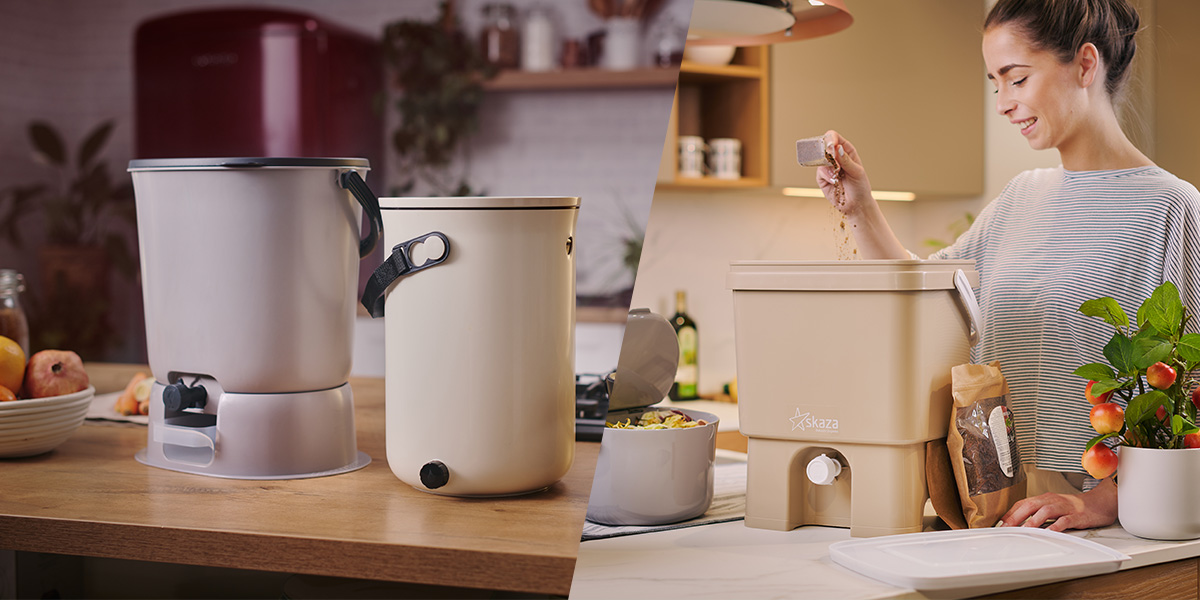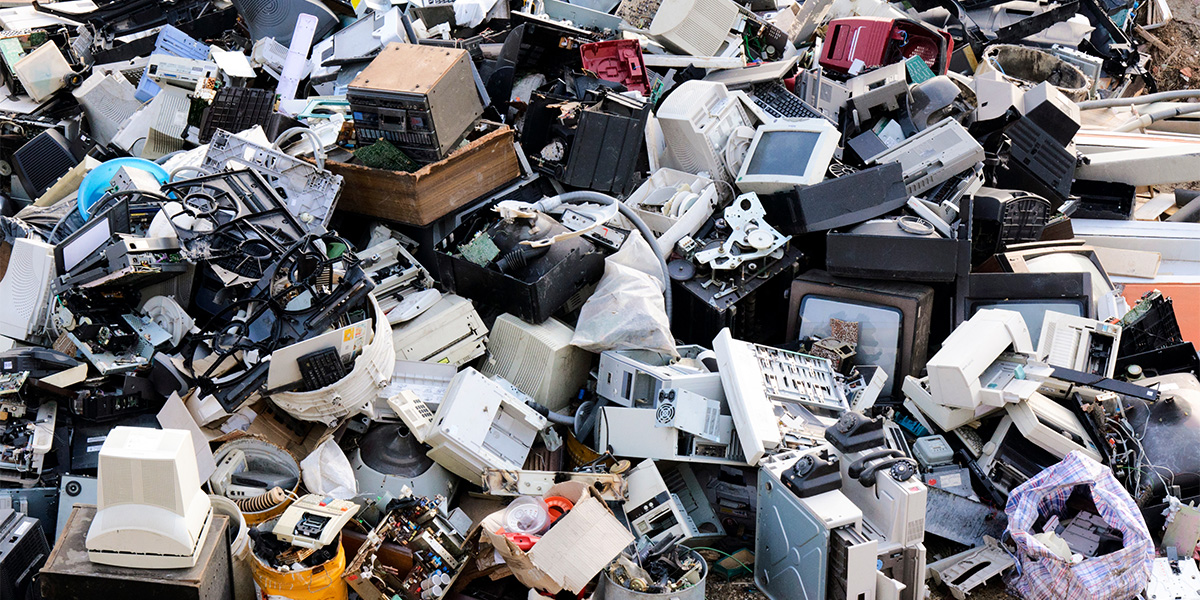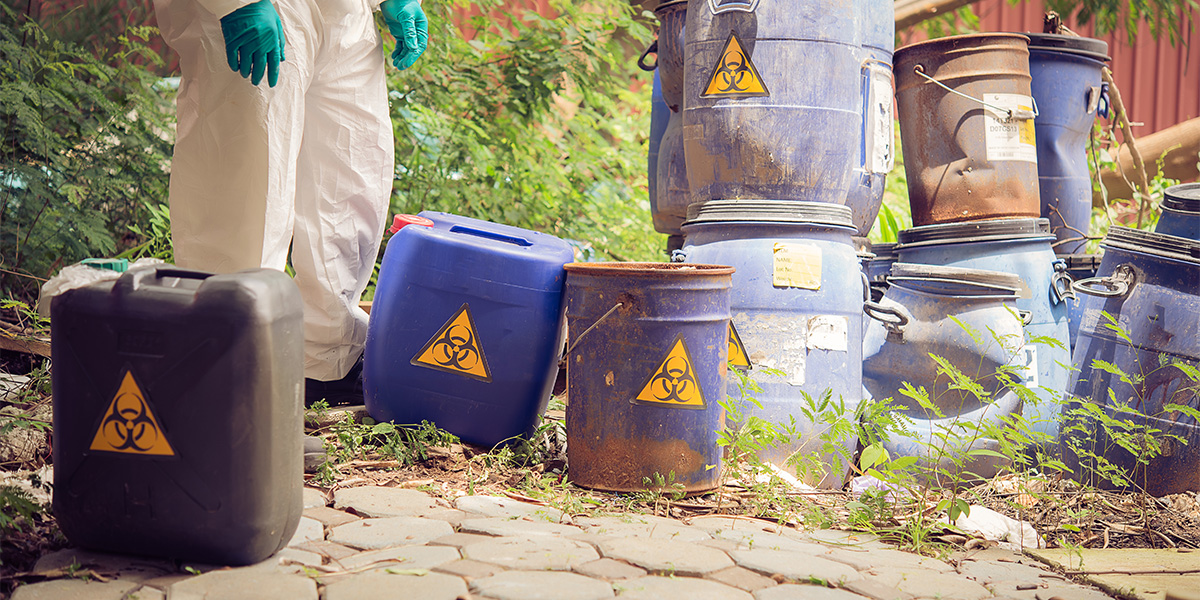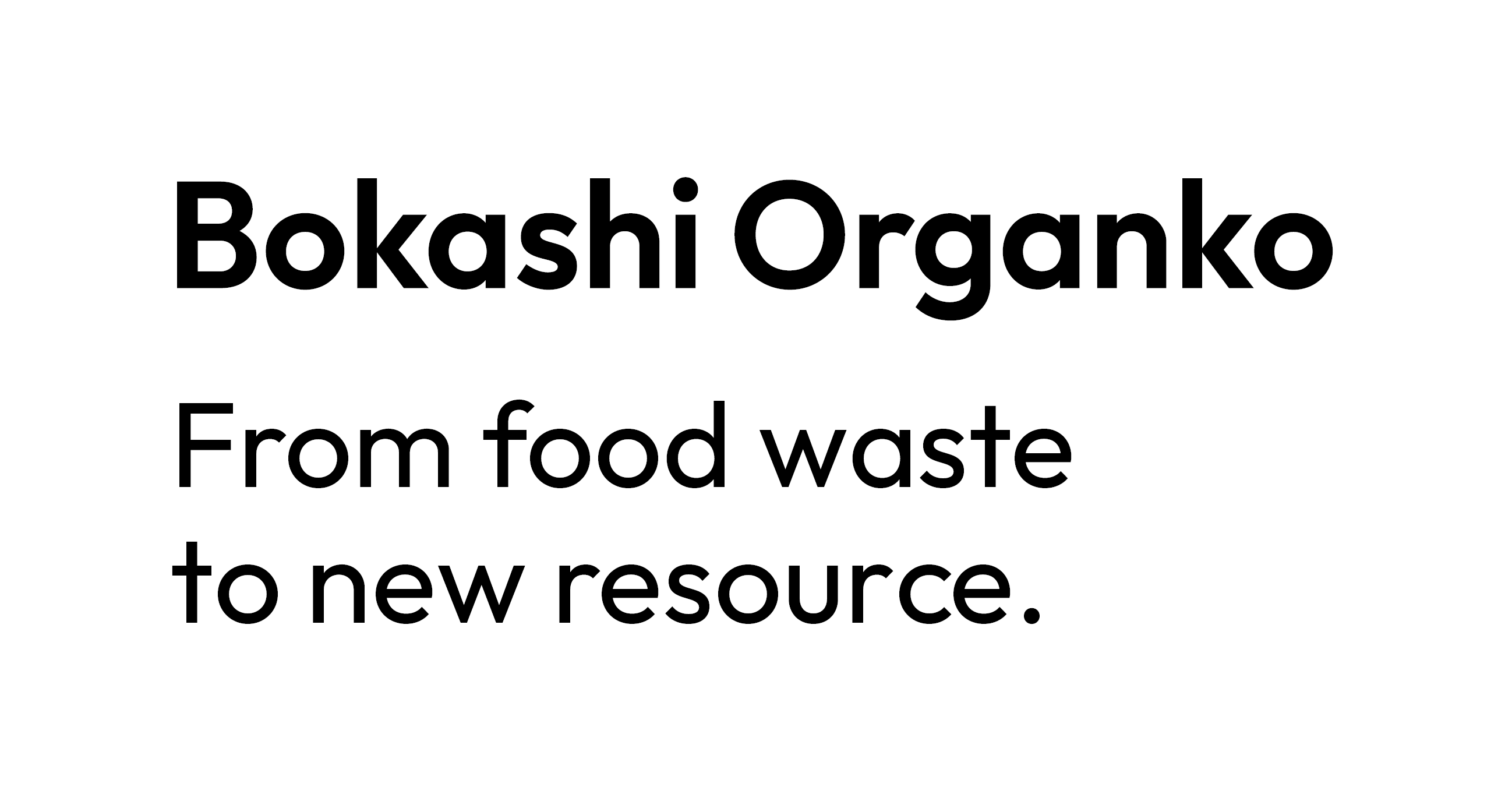In 2022, most of us know that we need to properly handle all types of waste if we want to establish a sustainable society. However, to actually do that efficiently, we first need to know the types of waste. Hence, we decided to make today's article into a simple guide to types of waste. As such, we will take a closer look at the following seven main waste categories:
- Biodegradable waste
- Recyclable waste
- Universal and electronic waste (E-waste)
- Inert waste
- Composite waste
- Hazardous waste
- Special hazardous waste
Of course, as you can imagine, each of the above main categories includes several subcategories and you will learn more about that as we move on.
Biodegradable types of waste
We can further divide biodegradable types of waste into three subcategories:
- Food and kitchen waste - This includes vegetables, fruits, meat, dairy, and other organic material that is wasted when dealing with food. Luckily, a lot of kitchen waste can actually be composted and thus converted into quality compost.
- Garden waste - Leafs, plants, branches, grass cuts, etc. Unlike kitchen waste, where there are some tricky things, all garden waste can normally easily be composted. Though, in some cases, it may demand very large composting piles.
- Paper and card stock - Many types of paper and card stock can be composted; however, they may require industrial composting methods. As such, recycling is often a better approach for paper and card stock types of waste.
Here, it's important to note that food and kitchen waste actually represents roughly one-third of all municipal waste. However, unlike some other types of waste, food and kitchen waste (also known as organic waste) are rarely managed properly. As such, most of it still ends up in landfills, where it rots and releases methane. The latter is a highly potent greenhouse gas that has a 20-times more negative impact on the environment than CO2. With that in mind, it's extremely important to manage kitchen waste properly.
As mentioned above, luckily, a lot of kitchen waste can be composted. However, urban households rarely have their own composting piles. Not to mention the fact that traditional composting usually isn't able to process cooked food.
Bokashi Organko - the kitchen waste solution
Fortunately, there is a very efficient and user-friendly solution known as bokashi composting. The latter utilizes the process of fermentation, which can be controlled using high-quality composting bins and effective microorganisms. Hence, using these cool tools, every household can properly collect and manage kitchen waste. So, to combat the leading issue that food and kitchen types of waste represent, we focus on creating indoor composters known as Bokashi Organko bins. To learn more about these kitchen composters, visit the Bokashi Organko website. Bokashi Organko composters are able to process all sorts of organic waste, including most non-liquid dairy products, meat, and even smaller bones.
 Recyclable types of waste
Recyclable types of waste
These are subcategories of recyclable types of waste:
- Plastic - Unlike the issue with food and kitchen waste, problems related to plastic waste are well known to us. As such, many countries are doing their best to recycle these types of waste. However, we must still primarily reduce the use of plastic and laminate single-use plastics. Moreover, also keep in mind that only certain types of plastics can be recycled (PET, HDPE, PP). On the other hand, PVC, LDPE, and PS are rarely recycled. As part of our solution to reduce plastics, we make sure that our composters mentioned above are produced from post-consumer recycled plastic. As such, our Bokashi bins are recycled and recyclable.
- Aluminum and other metals - Aluminum and metals can be efficiently recycled. As such, most cities offer comprehensive metal recycling programs.
- Paper and card stock - As mentioned in the "Biodegradable types of waste" section, it's normally better to recycle paper than to compost it.
- Glass - Despite the fact that glass is infinitely recyclable, it is not always economical (recycling glass is resource-intensive). Hence, we should still aim to reduce the use of glass, especially for single-use packaging. This is why many companies and cities tend to offer deposit programs for returning glass bottles.
For all of the recyclable types of waste, we should primarily focus on reduction and reuse whenever and wherever possible.
Universal and electronic types of waste (E-waste)
The E-waste types of waste include the following subcategories:
- Batteries - Luckily, most batteries can be recycled. However, it depends on the local government whether it offers sufficient funding to make this type of recycling economically feasible. However, since there are toxic chemicals inside batteries, we must make sure they never end up in landfills.
- Electric and electronic devices - This can be a very complex waste, and recycling it is often extremely challenging. Also, it can contain toxic materials.
- Lightbulbs - The problem with lightbulbs is that they are not recycled. Due to potentially toxic chemicals and materials, lightbulbs need to be disposed of properly. Using modern, more efficient lightbulbs that last longer is a way to go for now.
Technology is evolving fast, and most consumers no longer repair affordable tech. As such, the E-waste type of waste is the fastest-growing waste stream. Again, reduction and reuse are the best methods to combat this issue. In addition, we should demand from electronic-producing companies to become involved in e-waste handling.
 Inert types of waste
Inert types of waste
Types of inert waste:
- Construction and demolition - These types of waste have a huge range of materials, which makes it challenging to handle them properly. However, if local authorities are environmentally conscious, special facilities handle this kind of waste properly. Unfortunately, construction and demolition waste still end up in landfills way too often.
- Rubble, soil, and debris - These types of waste are normally easily repurposed for construction purposes or gardening. Moreover, even if disposed of in landfills, these materials shouldn't cause any issues.
Composite types of waste
Composite types of waste include:
- Clothing and shoes - As you know, clothes and shoes are made from various materials. As such, recycling is rather tricky. Hence, it is important to wear our clothes for longer and donate them instead of disposing of them. Moreover, just like with electronics companies, it is important to pressure the clothing-producing companies to get involved in handling their products after users dispose of them.
- Other types of composite waste
Hazardous and special hazardous types of waste
Hazardous types of waste include:
- Paint and other chemicals
- Tires
- Other types of hazardous waste
Since these types of waste can be hazardous for the environment and humans, it is important to dispose of them properly. Furthermore, if you think your city is not managing this sort of waste properly, make sure to start a petition and do all that's in your power to make a difference.
 Special hazardous types of waste include:
Special hazardous types of waste include:
- Medical waste - Medical and biomedical waste is not only hazardous but also potentially infectious. As such, it is critical that we manage it properly. Luckily the facilities that produce medical waste are often under governmental management. Thus, these types of waste get usually appropriately handled.
- Other types of special hazardous waste - These materials include explosive and nuclear waste, among other special hazardous types of waste. These types of waste have special national and international laws governing their management and are handled only by trained experts.


